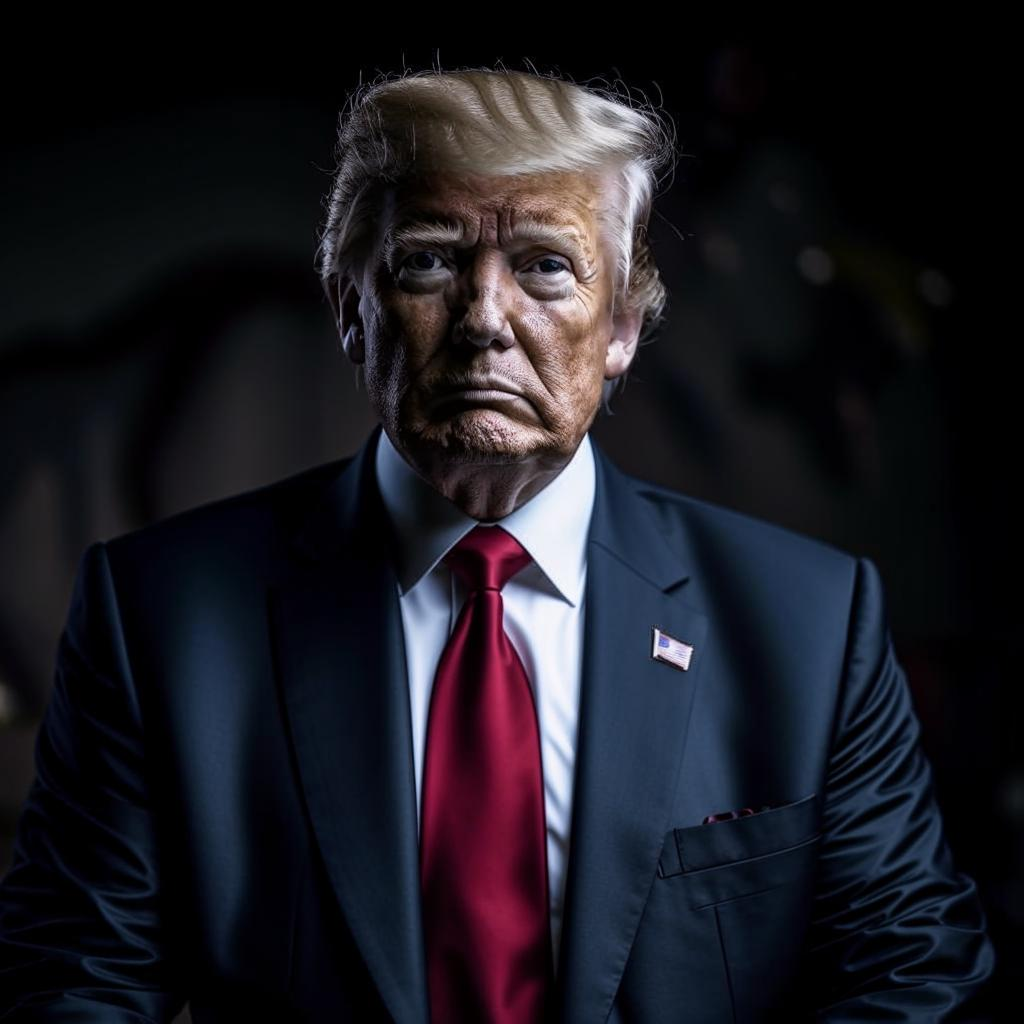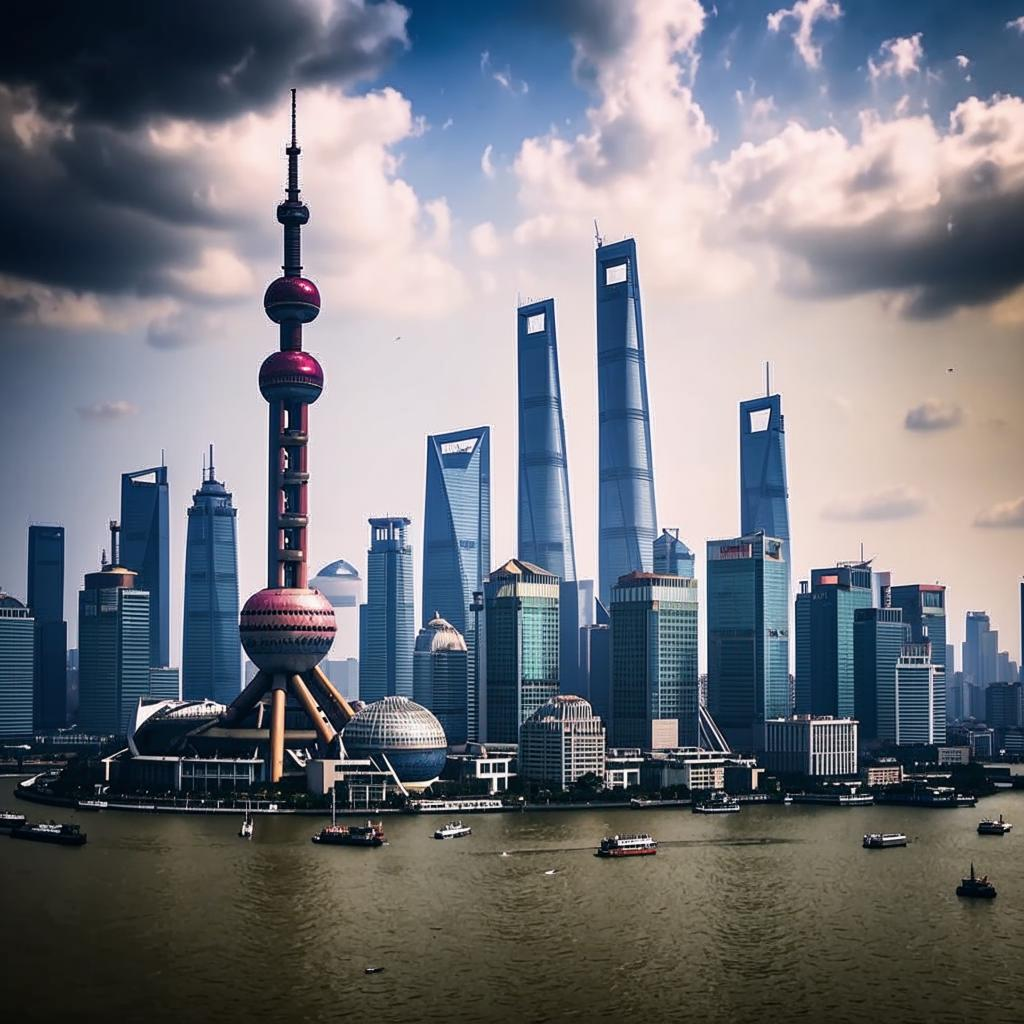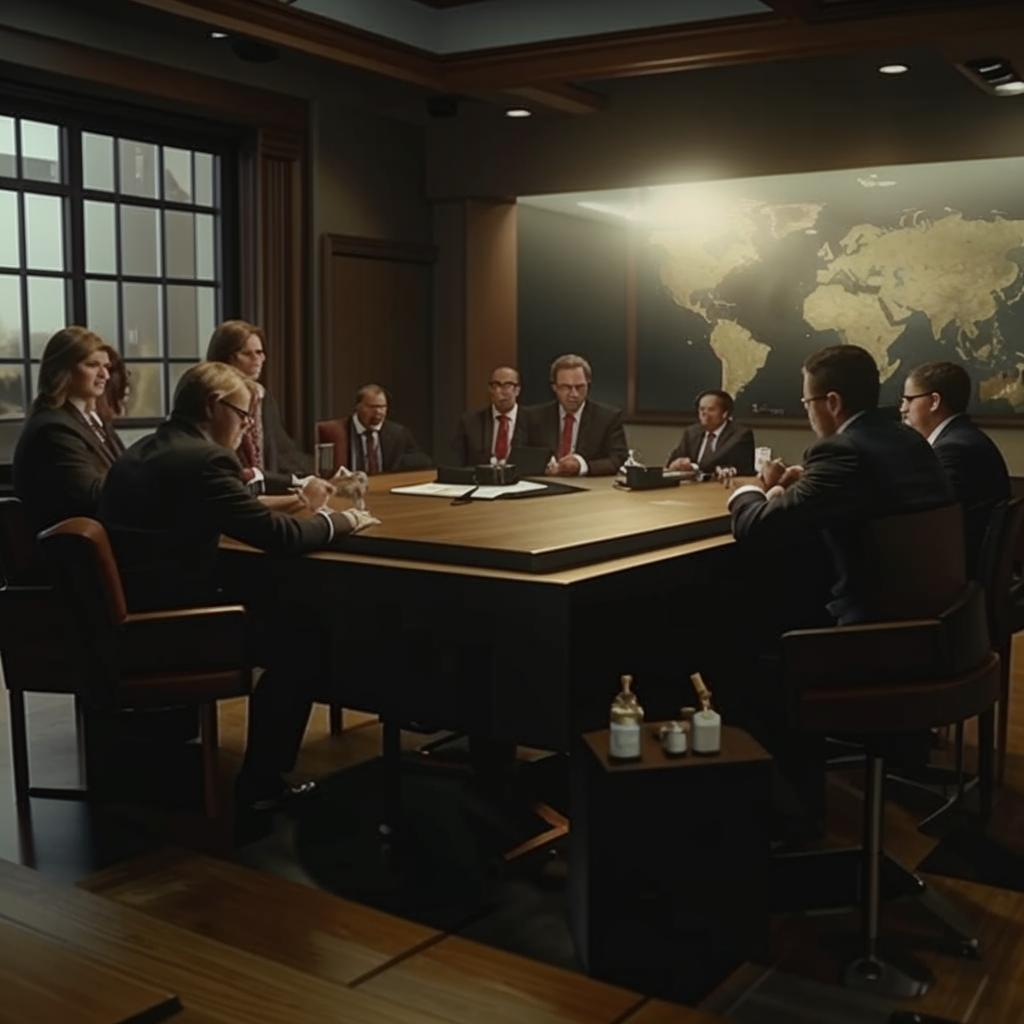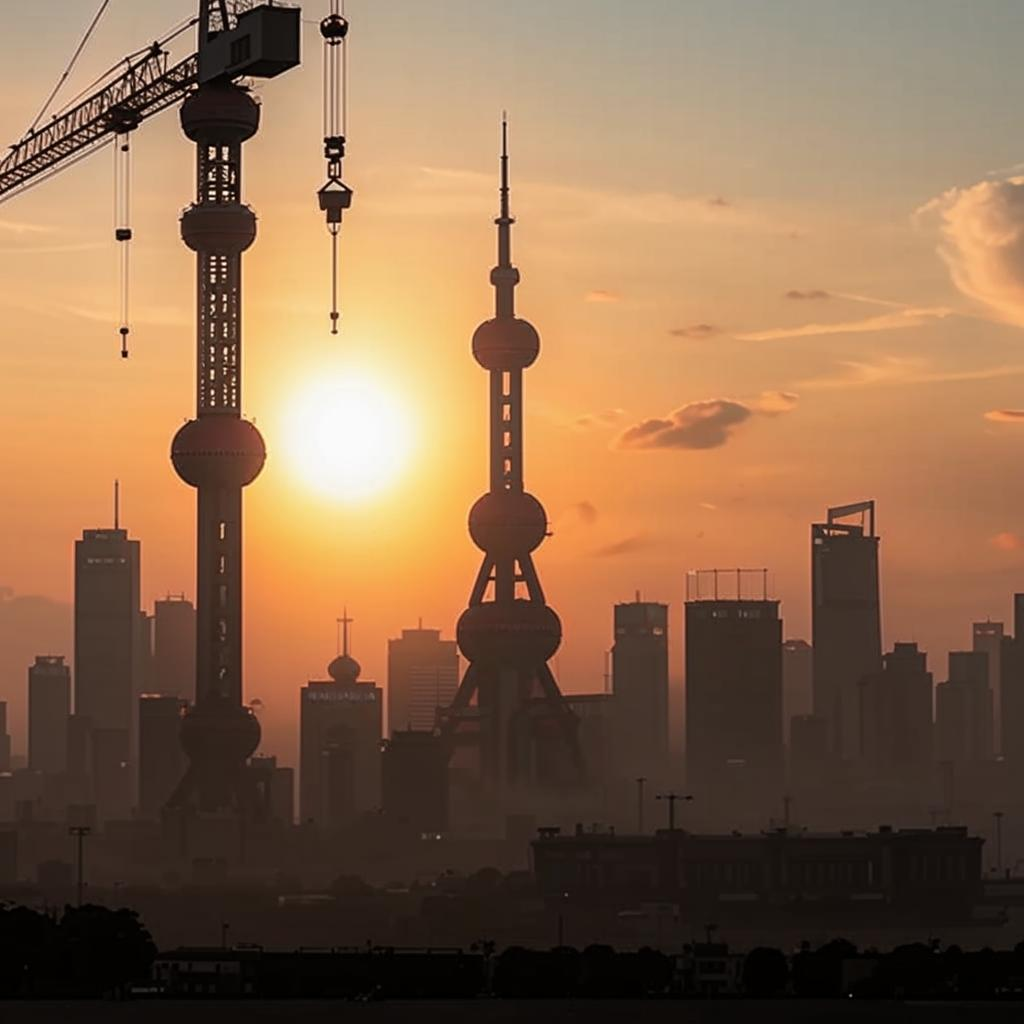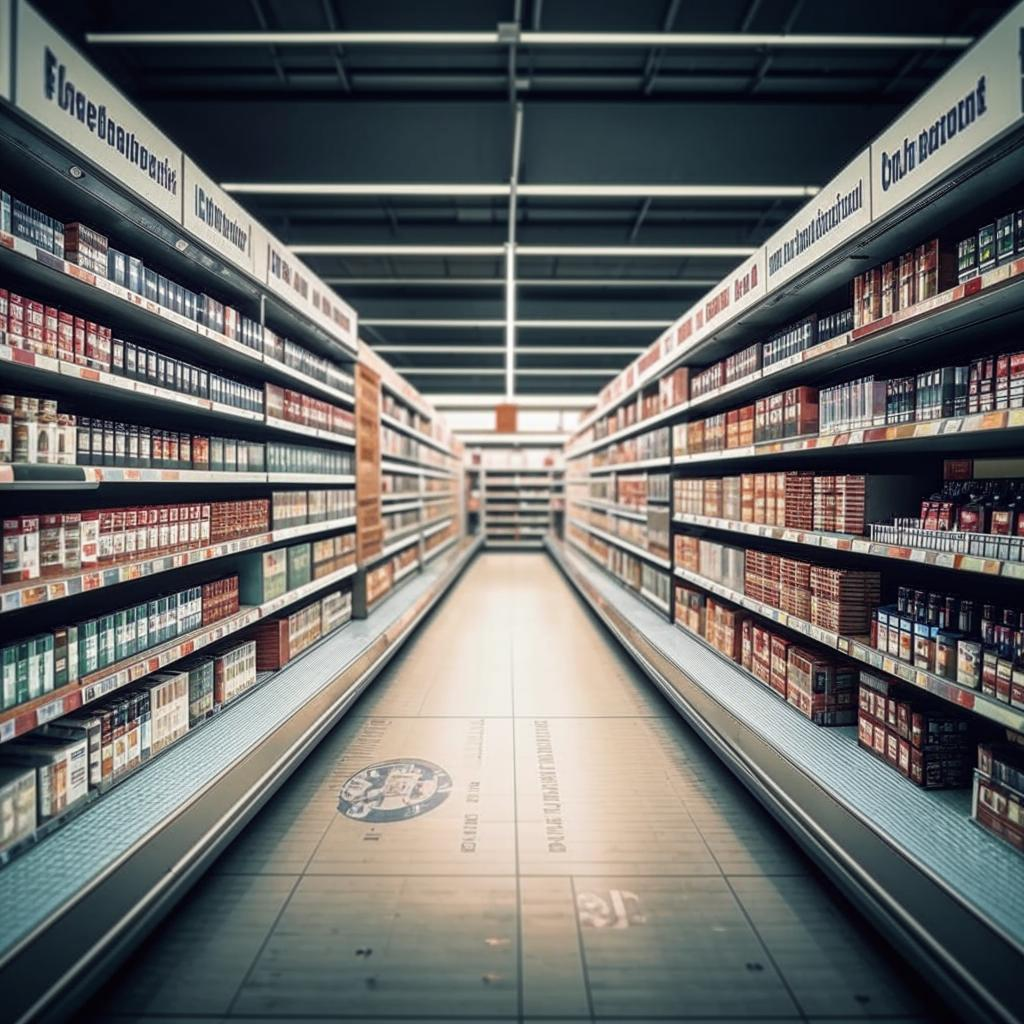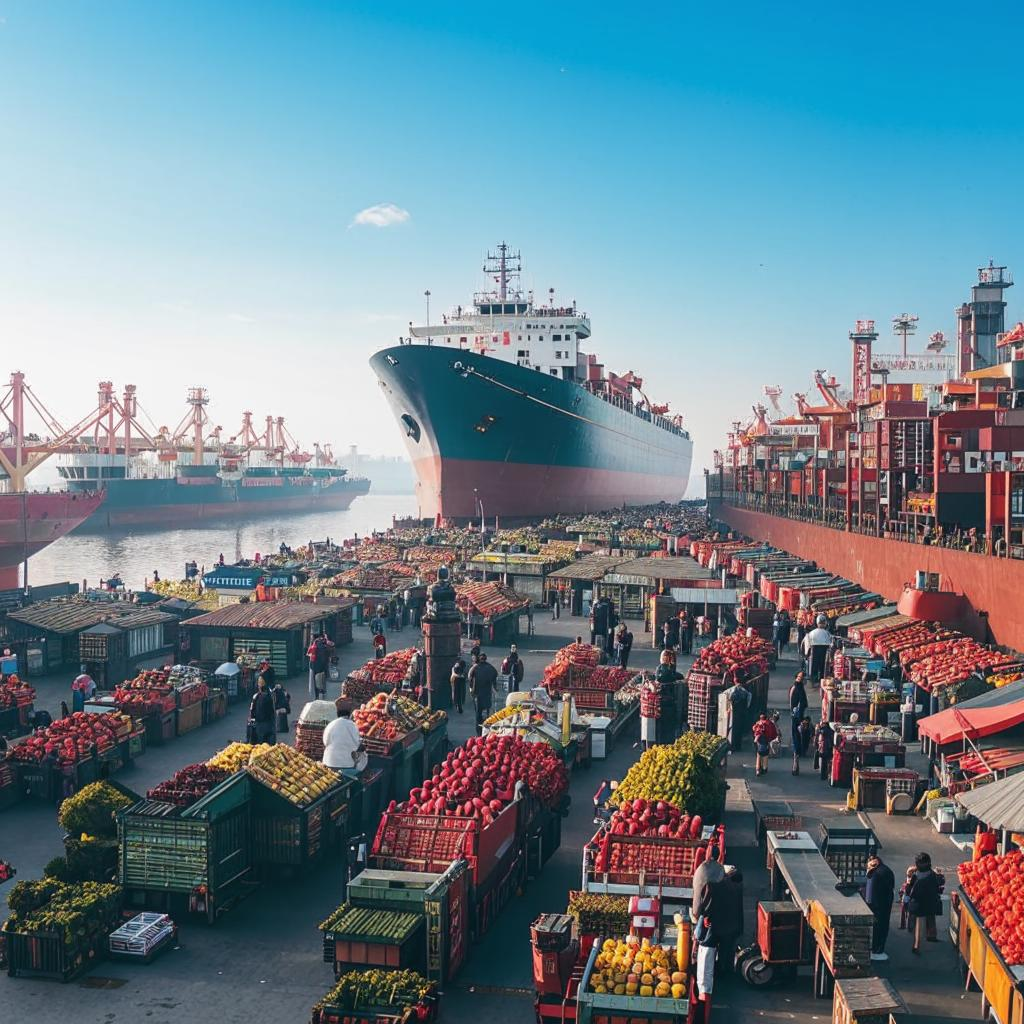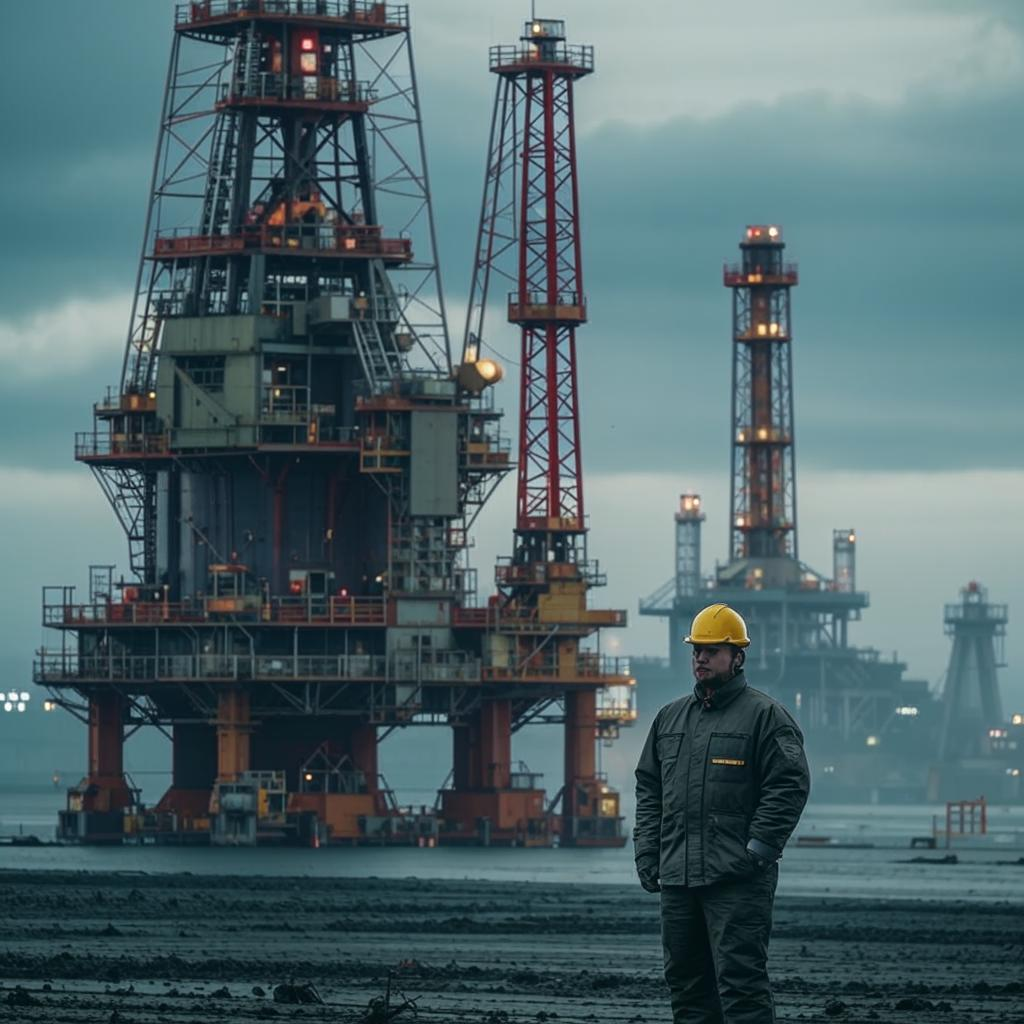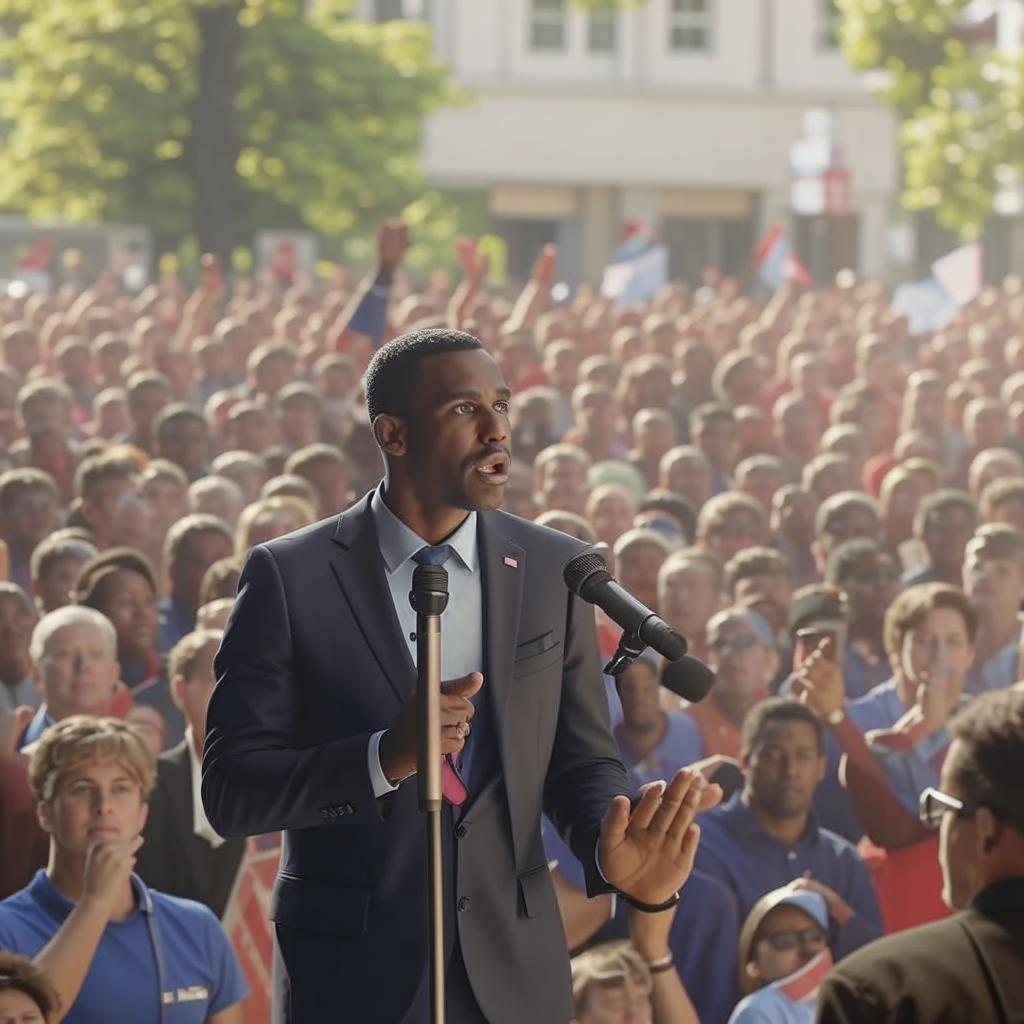Trump’s tariffs were more than just policy changes; they were a source of chaos for the global economy. His unpredictable approach, often announced via Twitter, left businesses scrambling to adapt to ever-shifting trade rules. This created uncertainty that hampered investment and economic growth.
While the stated goal was to protect American industries and reduce trade deficits, the tariffs often backfired. They raised costs for consumers, as businesses passed on the added expense of imported goods. They also provoked retaliatory tariffs from other countries, hurting American exporters. Farmers, in particular, suffered as their products faced higher barriers in key markets.
The economic consequences were clear. Supply chains were disrupted, manufacturing activity slowed down, and the global economy faced headwinds. The very industries Trump aimed to protect were often the ones most negatively affected.
The lack of a consistent strategy made the situation worse. Trump’s willingness to impose tariffs seemingly on a whim created a climate of fear and mistrust. Businesses had no way to predict what would come next, making it difficult to plan for the future. This economic environment undermined confidence and made the economy fragile. The tariffs stand as a cautionary tale about the dangers of protectionism and the importance of stable trade policies.


